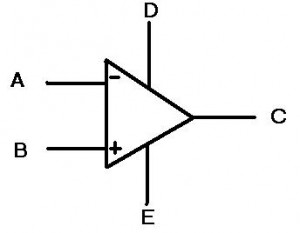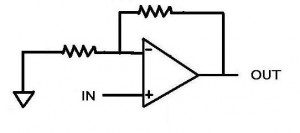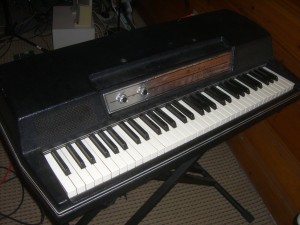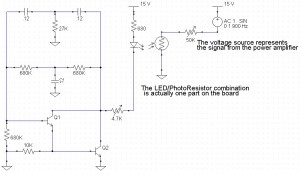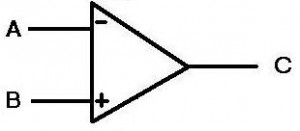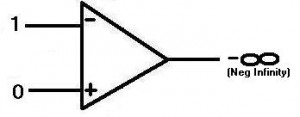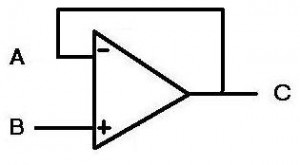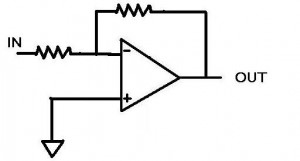This blog started when I moved back to Cleveland. Really, it was a little bit sooner, but it got going full time once I was settled in back in May. Since I’ve been back, I’ve actually really enjoyed it. There are some things I miss about Austin (where I used to live), but I am happy with my decision, most notably because of my job. I feel like I am part of the minority that is moving back North, that others in my generation are more likely to head south at the first opportunity.
Is there any reason to live in the north anymore?
Let’s go over the sour points first:
- It’s cold — No brainer on that one, it definitely snows more in Ohio than in Texas, but you do get the benefit of some winter sports (skiing, tubing, professional snowman making) and the picturesque nature of seeing snow on Christmas or at other times (this wears off after about two weeks). Unfortunately, the cold lasts longer than most people would like in Ohio. Back in Texas I was wearing shorts and tubing down the river by March.
- Gas/Heating — This year might be the best example of expensive heating, but it has yet to play out. Oil prices are falling right now but could easily rise again in time for winter. There are some other (corny) ways to heat your house, so oil prices do not have the final say in how much we’ll be paying per month for oil north of the Mason-Dixon line. On the bright side, we’re paying WAY less for electricity than the south during the summer months.
- Young people — There’s kind of an avalanche effect to people migrating out of one city or into another. The more people that move somewhere, the “hotter” the scene becomes and more people want to move there. Cleveland still has a pretty vibrant night life, but it pales in comparison to Austin and some other larger cities.
- Urban Development — Suburbs happen. Sprawl happens. The longer a city has been around (such as those in the north), the more people want to spread out and get their own space. This is slowly happening in the south (Dallas, anyone?), but Austin is still relatively compact. With newer, smaller, growing southern cities, urban planning can help to compact things and make them more accessible. If you are moving to a city in the north, it’s likely that a lot of the urban development is already done (though not completely).
- Jobs — We hear about the manufacturing jobs lost in Mid-West every time you turn on NPR. But there are also less large corporations in the north, due to some of the above listed reasons and less amiable tax laws than parts of the south.
But there is a lot of bright spots in Cleveland, even in the winter!
- Water — Necessary for life, right? Well some people didn’t really think about that when they were setting up new cities and towns in the southwest (I’d reference all of Arizona first). The Mid-West though? We’ve got tons of it! The great lakes are a great resource, whether for shipping, recreation, fishing or even lighting on fire (go Cleveland!). It definitely makes the summer months that much better and makes the winter months that much more bearable. Polar bear club, anyone?
- Infrastructure — Even though we may be a sprawling metropolis with many different cities, I will say that Cleveland has the benefit of a well developed system of roads. If you are so inclined, you can also take an AmTrak train to more destinations than you can from Austin (more track = more destinations…but to be fair you can get to most any city if you sit on a train long enough).
- Proximity — This was another nice deciding factor, both in where I went to school and why I wanted to move back. I can easily drive home to Buffalo in 3 hours, can drive to Columbus in 2.5, can drive to Detroit in 2.5 if I’m feeling feisty and can get to Chicago or DC in about 6. This compared with Austin having a 3 hour drive to the next biggest city (that I didn’t want to visit anyway) and a 12 hour drive to get out of the state.
- Airport — Similar to above, sometimes you just want to get out of town. If you can’t drive, you might as well fly. And if you’re going to fly, you might as well fly out of a hub. Even though continental decided to cut back their flights out of Cleveland, we have a great place to fly out of to get to some warmer destinations in those bleak winter months.
- Home Prices/Cost of Living — Thanks in part to our bozo friends in the finance industry and the overzealous DIYer house crowd, the housing market isn’t doing too hot right now. However, if you’re looking for a house, this is a great time! House prices and general food prices make for a much lower cost of living than many parts of the country, especially those with similar populations to Cleveland. Sometimes this is offset by lower taxes, but your consumption rate can be a little higher without incurring as much cost.
- Renewable energy — There is a lot of wind out on Lake Erie. This primes the region for becoming one of the premier renewable energy markets as we move forward with attempting our energy independence. The Great Lakes Institute for Energy Innovation is a start up at Case Western that could really help to move this forward.
I’m still really glad that I moved back to Cleveland. I only dealt with winter from Feb – April last year, so we’ll see how I handle an entire Cleveland winter. I’m not saying I’ll live in the Great North forever, but that for now, it fits me just right. Keep warm!
